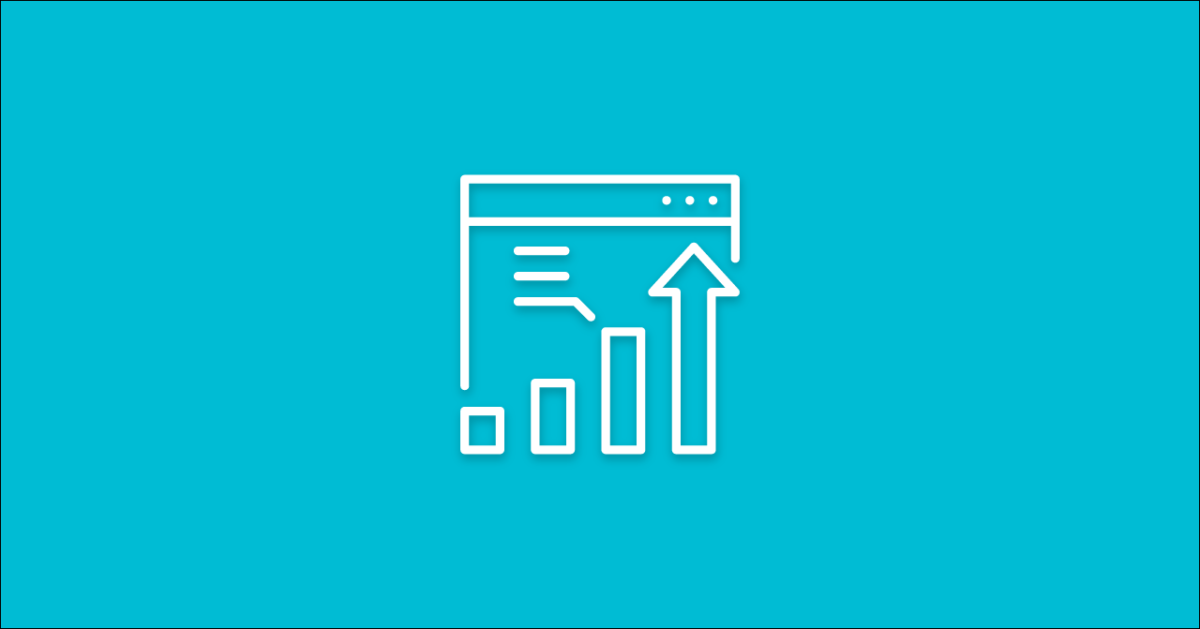Okay, you know that content is critical for any successful inbound marketing campaign, especially for tourism destinations. Content is crucial because it is what draws visitors to your site, it’s how you rank for important keywords and search terms, and it’s how you convert strangers into customers.
Content, in the marketing sense, can take a lot of forms. Everything from web copy to FAQs to webinars to ebooks, ads, and calls-to-action are, technically, content. But out of all the various pieces of content that you will incorporate into your inbound strategy, your website’s blog is the single most important thing for you to get right.
Why is blogging, specifically, so important to inbound success?
Blogging attracts visitors to your website.
Though you might have certain information built into the framework of your website, your blog (more than any other part of your website) is likely to be the main way that you will attract visitors to your site.
Why is that? Well, for a couple of reasons.
First of all, each time you publish a new blog post, you’re making a new, unique page online. Each of these new pages is a potential gold mine for your tourism destination, because each page gives you another opportunity to a.) rank for keywords that are important to your business, and b.) discuss a topic that your potential customers care about.
Free Guide: Inbound Marketing for Tourism
Everything You Need to Know to Increase Traffic, Capture Leads, and Gain More Customers and Bookings Through Your Tourism Destination’s Website
Ranking for keywords and creating unique content that your visitors want or need are the best ways to make inbound marketing work for your business. If you publish a number of blog posts that answer your customer’s questions, and you rank high in search results, then you’re going to bring a lot of visitors to your website.
Second of all, blogging is by nature something that you do frequently, and frequently publishing content is important to helping your website rank high in Google search results. The more active your website is (the more often you publish a blog post, etc.) the more likely that Google and other search engines are going to reward your content by placing you high in search results.
Why? Because Google wants to direct readers to websites that publish new content, and it makes sense: Newer content is more likely to be up-to-date and correct, which will keep searchers happy. So, by publishing blog posts regularly and frequently, you make it more likely that Google is going to include you in the top search results.
Beyond this, each unique blog post also gives you the opportunity to help your website rank higher in search results by boosting your domain authority. This is done by increasing the number of links that point into your website (called inbound links). By writing unique, quality content, other sites will naturally link to your blog posts, and this is a signal that Google uses to decide which pages to show in search results.
A consistent blogging schedule, where you cover a lot of relevant and unique topics, will increase your chances of being linked to from outside sources. It also gives you opportunities to link to your own content, which helps the search engines better understand the layout of your website and how the content is all related.
Blogging converts website visitors into leads, and eventually customers.
Getting a visitor to your website is the first step in converting them. Once they are on your site, you can leverage other content to usher them along their buying/booking process without them even realizing that you are doing to.
How? With content offers, for example. By offering website visitors content like ebook downloads or videos that they can view—which you can “gate” behind a form that requires their name and email address—you can easily convert your blog readers into leads. Other options for doing the same thing include a newsletter sign-up form or other CTAs.
But beyond converting visitors into leads, you can even potentially skip that step altogether and convert them straight into customers. A well-placed CTA on the website for a b&b that says “Check out our rooms!” just might, for example, encourage someone to book a room right then and there.
Blogging is the “wide lip” of your inbound funnel
More than any other component in your inbound marketing strategy, your blog is the thing that sends strangers through your funnel. By writing high-quality, unique content and publishing it on a regular basis, you increase the likelihood that your website will rank for keywords that are important to your business, which will make strangers more likely to discover you. Once they discover you, other smart inbound techniques will drive them further along in the process to becoming a customer.
Looking for more? Here are some great tips on how to create amazing inbound content for tourism destinations, here’s our list of free or cheap tools that will make creating content a breeze, and here are 50 example tourism-related blog titles to inspire you.









